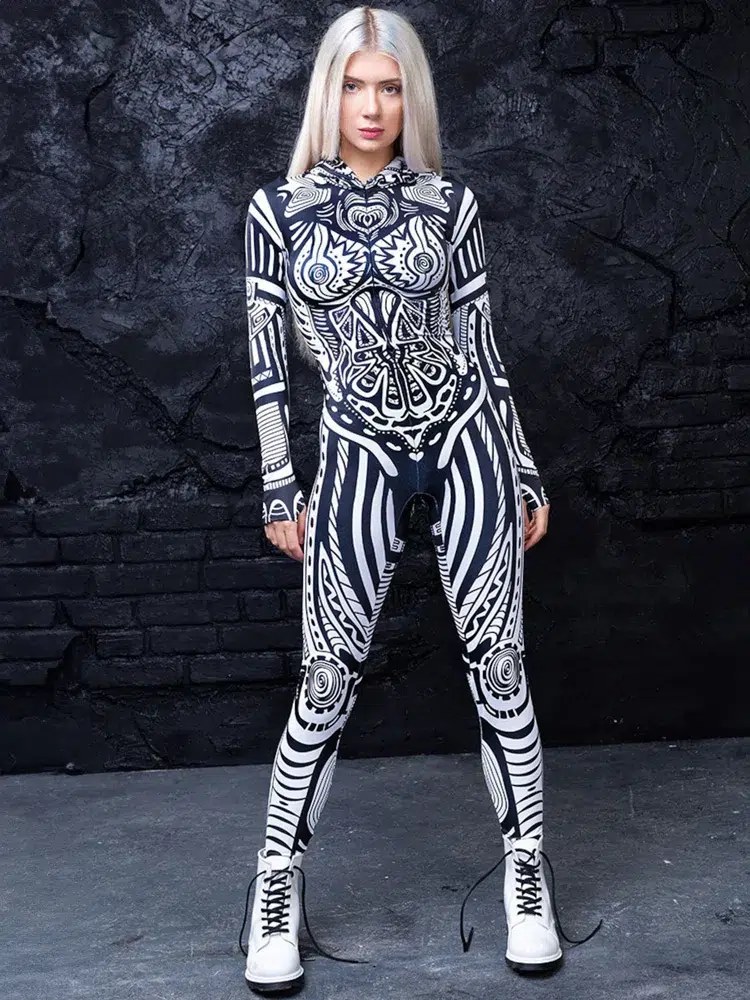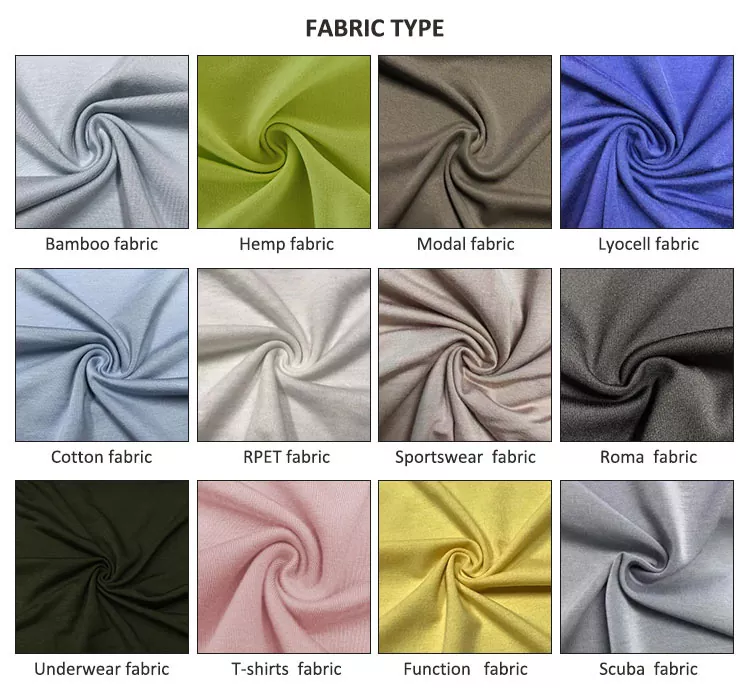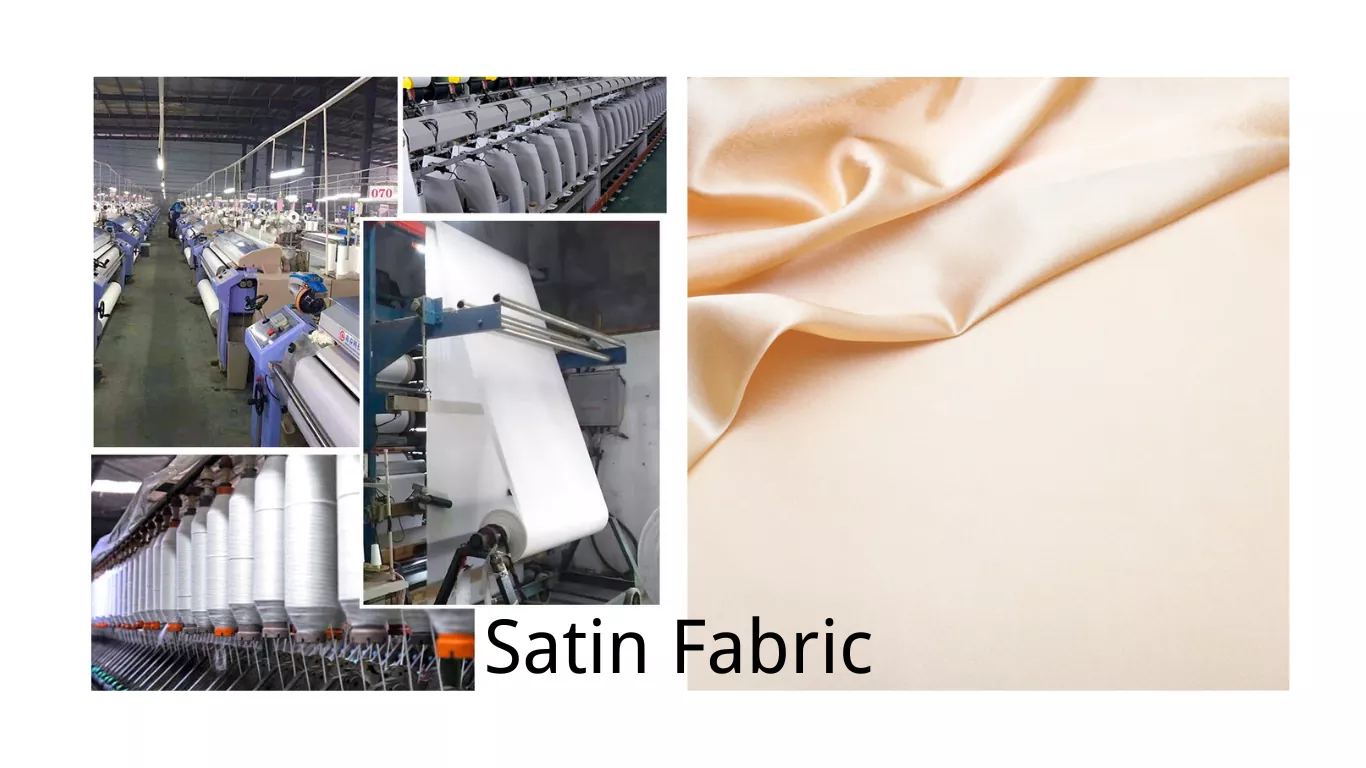Pattern Making Mastery: Crafting the Blueprint for Fashion Excellence
Pattern making is an essential aspect of the fashion design process, serving as the blueprint of a garment. This practice involves the construction and manipulation of templates from which fashion pieces are cut and assembled. Pattern making for fashion design is seen as an amalgamation of artistry, technical precision, and innovation, where a designer transforms two-dimensional fabric into three-dimensional clothing. Designers need to visualize the body in flat schematic terms, transferring the curves and lines of the figure into a pattern – an art in itself.
Different methods are applied in pattern making. Paper pattern making, for instance, requires diligent mapping and sketching on paper to confirm precise design measurements and garment fit. Similarly, making a knitting pattern involves creating a well thought out template that would ultimately guide the formation of the product. Despite these differences, all revolve around the central concept of fashion pattern making which is bringing ideas to life meticulously while ensuring precision, fit, and style. The beauty of these practices is in their complexity and creativity, making pattern making a significant and fascinating area in the field of fashion design.
Significance of Paper Pattern Making in Apparel Creation”
In the arena of fashion design, the process of paper pattern making holds critical importance. This process is characterized by making use of a pattern making table, where designers draft or trace their paper patterns before transferring on to fabric. Paper pattern making is indeed an intricate art, one that requires great attention to detail, precise measurements, and an adept understanding of clothing structures. For a fashion enthusiast or an aspiring designer, searching for “pattern making classes near me” may lead them to institutions offering curriculum in pattern-making, providing insights into this process.
With the advent of software like Photoshop in the fashion industry, digital pattern making has revolutionized the conventional method of drafting paper patterns. It can be observed that pattern making Photoshop has improved efficiency in the design process, providing designers with an array of tools to produce flawless patterns. Even making cross stitch patterns, previously prone to human error, becomes more accurate and manageable digitally. Moreover, the technique of making your own sewing patterns has been simplified qualitatively with digital pattern making, enabling a more customizable and imaginative approach to σχεδιασμός ρούχων. Demonstrating its flexible nature, paper pattern making in fashion design continues to adapt, progress and evolve with the changing times in the industry.
Exploring Knitting: The Process of Making Patterns

Delving into the domain of knitting showcases an intricate world where fashion designing pattern making and old-world craftsmanship intertwine. It is a sphere where warmth, creativity, and convenience wrap around the axle of innovative design. As fundamental as the πλέξιμο technique itself, developing a pattern for making a knitted garment is significantly crucial. Starting from a sketch or a detailed drawing, designers transpose their design into a grid that translates into stitches and rows, thereby paving the way for taking the design off paper and bringing it to life on the knitting needles.
Knitting patterns function as languages, unique blueprints that allow designers to communicate with their audience—be it professional knitters or beginners. Sewing pattern making, though sharing similarities with knitting, demonstrates a different approach, particularly when focusing on unique shades like simple dress making patterns or basic sleeve pattern making. When it comes to dressmaking pattern making, it breathes life into the simple flat creations, giving depth, and honing skills in shaping and constructing designs. Elements like a paper pattern, darts, pleats, and gathers all contribute to creating the magic of a finished garment. The translation of a 2D design sketch into a wearable 3D art form is nothing short of extraordinary.
Digital Transformation: The Impact of Photoshop in Pattern Making
Adobe Photoshop, predominantly known for photo editing, has expanded its ambit to serve as a powerful tool in the realm of pattern making in fashion design. Making a pattern in Photoshop could initially seem daunting; however, with mastery over the software, it can transform to be a crucial asset in rendering detailed and realistic patterns. The software provides an extensive range of pattern making supplies, including brushes, shapes, and a filling tool to facilitate precision in making a pattern.
Furthermore, the digitalized landscape of fashion design has witnessed an significant upshot with the integration of illustrator-based pattern making. Making a pattern in Illustrator or making patterns in Illustrator is synonymous with scalability and versatility, supporting output on various types of garments with different sizing. The CAD pattern making capabilities in Illustrator facilitate seamless pattern creation, promising high-quality output. Consequently, it expands the scope of making sewing patterns, pushing the envelope on traditional manually driven methods and bolstering the edges of creativity in a digital workspace.
• Photoshop’s role in pattern making: Adobe Photoshop has emerged as a potent tool in the realm of fashion design, particularly in pattern making. It offers an extensive range of supplies such as brushes, shapes, and filling tools that allow designers to create detailed and realistic patterns with precision.
• Mastering Photoshop for Pattern Making: While using Photoshop for pattern making may initially seem challenging, mastering this software can make it an invaluable asset. The results are not only high-quality but also offer a level of detail and realism that is hard to achieve through traditional methods.
• Impact on the Digital Fashion Landscape: The integration of illustrator-based pattern making has significantly transformed the digital landscape of fashion design. This approach allows scalability and versatility, enabling output on various types of garments across different sizes.
• Illustrator’s CAD Capabilities: Illustrator provides Computer-Aided Design (CAD) capabilities for seamless pattern creation. This feature promises high-quality outputs while expanding the scope for creating sewing patterns.
• Overcoming Traditional Limitations: The use of these advanced software programs helps overcome limitations associated with traditional manually driven methods. They provide more room for creativity within a digital workspace by allowing designers to experiment with different styles, textures, colors, and designs without any physical constraints or material wastage.
Εν κατακλείδι,
The advent of Adobe Photoshop & Illustrator has revolutionized the process & practice involved in Pattern Making within Fashion Design industry. These tools have brought about significant changes by providing greater flexibility & freedom to explore creative possibilities beyond conventional boundaries; thereby pushing forward innovation within this field at an accelerated pace.
Taking the Leap: Enrolling in Pattern Making Classes
Gaining a comprehensive understanding of pattern making presents a multitude of opportunities within the fashion industry. Enrolling in definitive classes is indeed taking the leap towards personal and professional enhancement. Numerous institutions offer free pattern making courses, providing enthusiasts access to valuable fashion design knowledge right from the comfort of their homes. These courses cover various topics, such as the process of making a dress pattern from a conceptual design or drafting a shorts pattern for a bespoke piece. They enhance one’s understanding and proficiency, thus expanding their creative horizons.
These classes go beyond just making clothing patterns; they also delve deeper into the intricate art of making fabric patterns. Students learn about translating their designs onto fabric, bringing their vision to life. Moreover, if learners have a favorite piece of clothing they wish to replicate or reinvent, these classes teach useful methods of making a pattern from an existing garment. Equipped with these skills, one can also venture into making sewing patterns from existing clothes, revolutionizing their wardrobe without having to shed heavy bucks. Thus, by engaging in professional courses, enthusiasts can truly leverage their pattern-making skills, honing their craft while fostering their fashion aspirations.
Creating Fabric Designs: The Role of Pattern Making

The art of pattern making plays a pivotal role in fabric design, particularly when it comes to making your own clothes patterns. It is the blueprint for construction; it interprets the stylistic lines and details of a design, maintaining the designer’s concept and fit preferences. A correctly drafted pattern is the foundational key to bringing design ideas to life with precision and consistency. For instance, a unique pattern for making shorts can be turned into a tangible piece of clothing only through accurate pattern making.
In the realm of menswear, pattern making fabric is an essential skill that breathes life into the ideas and fashion visions. Without a well-drawn pattern, the garment’s design, regardless of its complexity or simplicity, may not achieve the desired effect. When making your own patterns for clothes, it involves not only a keen eye for design but also technical knowledge and an understanding of how fabric moves and falls on a form. The process infuses a deep sense of personalization, creativity, and empowerment to the designer, revolutionizing the way fashion is perceived and experienced.
Unveiling the Process of Making Your Own Sewing Patterns
The world of sewing and pattern making is not just about threading a needle. It is a confluence of art and creativity, combined with precision and technique. The first step in crafting a remarkable piece, be it a shirt making pattern, or an intricate underwear pattern making, begins with sketching the design. This primary stage, also known as drafting, involves careful measurement of the body’s dimensions, which forms the basis of subsequent steps. Critical to this process are sewing pattern making supplies that include rulers, pencils, a tape measure, pattern paper, and scissors, among other things.
As one progresses from drafting, the next stage is creating a muslin prototype. This is especially crucial while dealing with special-occasion attire like wedding dress making patterns, where accuracy can make all the difference. Minute adjustments to the muslin prototype provide the chance to alter and improve upon the design before it is finally converted into the desired fabric. One may wonder what is pattern making that holds such great importance in sewing? It’s a meticulous process that, when accurately executed, salvages the fabric from potential wastage, ensuring efficient and economical design creation—whether for haute couture or hospitality wear.
Revolutionizing Fashion with CAD Pattern Making
The advent of Computer-aided design (CAD) systems has dramatically altered the world of fashion design, especially in pattern making. With the integration of sophisticated software platforms such as Adobe Illustrator, designers have been able to transition from traditional 2D pattern making to intricate 3D designs. CAD allows for precision, consistency, and the ability to modify designs easily, enhancing every step of the pattern making process. With advanced pattern making tools, equipped with innovative features, designers can now effortlessly create, edit, and visualise 2D patterns and fully rendered 3D clothing samples on a variety of virtual models.
Furthermore, the development and enhancement of the 3D printer for pattern making has significantly streamlined the production of fashion collections. Designers can print patterns directly from Adobe Illustrator, providing a seamless transition from digital design to tangible garment. Particularly, Adobe Illustrator’s sewing pattern making capabilities have improved the accuracy and efficiency of apparel creation. With CAD pattern making systems, designers can visualize their creations and make adjustments in real-time before manufacturing, thus reducing waste and increasing product quality. In turn, this revolutionizes the industry by making fashion design more sustainable, efficient, and innovative.
Turning Ideas into Clothes: Making Your Own Patterns

The fashion design sphere is inherently innovative, often requiring the translation of abstract ideas into tangible apparel. An essential asset in this creative journey is the skill of apparel pattern making. This process involves transmuting a fashion drawing into a pattern that can dictate the construction of the ένδυμα. A properly drafted pattern should comprehensively detail all necessary components and measurements, serving as the blueprint for the final clothing item.
Technical precision is crucial as even minor inaccuracies in hip, waist, or armhole pattern making can significantly affect the fit and aesthetics of the finished garment. Traditionally, pattern makers relied on manual drafting on paper, but advancements in technology have provided more precise and efficient tools. Autocad pattern making removes guesswork from the equation, allowing designers to take advantage of accurate computer-aided design programs and effectively streamline the manufacturing process. Embracing these new tools while maintaining a strong understanding of basic pattern making principles is key for success in contemporary fashion design.
Advanced Techniques in 3D Pattern Making for Fashion Design
Embracing the future of fashion design requires the willingness to delve into the intricacies of 3D pattern-making, a technological game-changer in the industry. The evolution of pattern making has shifted from the conventional use of flat patterns and draping to the outright dominance of 3D digital designs. These 3D software programs allow designers to craft realistic garment prototypes virtually, offering a real-time preview of the fit, appearance, and functionality of the design, therefore making the παραγωγική διαδικασία more accurate and efficient.
The use of digital 3D pattern making has enormously opened up opportunities for fashion designers to experiment and innovate with their designs. By manipulating virtual patterns and seeing instant results, there’s an immense scope of creativity, customization, and personalization. Advanced techniques in 3D pattern making include mastering dart manipulation and moving seam lines within the 3D virtual space, a feat previously restricted in flat pattern construction methods. This has led to an unprecedented surge in the advent of unique, bespoke designs, revolutionizing the fashion design landscape and paving the path for a future of unlimited design possibilities.
Συχνές ερωτήσεις
What is the art of pattern making in fashion design?
The art of pattern making in fashion design involves the creation of templates for cutting out the parts of a garment. These patterns are essentially the blueprint for a piece of clothing.
What role does paper pattern making play in apparel creation?
Paper pattern making is significant in apparel creation as it serves as a guide for cutting and assembling clothing pieces. It ensures uniformity and consistency in the sizes and styles of the garments produced.
How does the process of making patterns work within the context of knitting?
The process of making patterns in knitting involves creating a sequence of stitches in different colors and textures. These patterns can be simple or complex, depending on the design of the garment.
What impact has Photoshop had on pattern making in fashion design?
Photoshop has revolutionized pattern making in fashion design by allowing designers to create, edit, and modify patterns digitally. This makes the process faster, more precise, and allows for greater design flexibility.
Are there classes available for learning pattern making?
Yes, there are plenty of offline and online classes available for learning pattern making. These classes can teach the fundamentals of pattern making, as well as advanced techniques for creating complex designs.
How does pattern making contribute to fabric design?
Pattern making is integral to fabric design as it determines how a fabric’s visual elements will be arranged. This can include everything from color and texture to the shape and arrangement of the fabric’s decorative elements.
How can one make their own sewing patterns?
Making your own sewing patterns involves taking precise body measurements, drafting a pattern using these measurements, and then adjusting the pattern to create a desired fit and style.
How is CAD revolutionizing pattern making in fashion?
Computer Aided Design (CAD) is revolutionizing pattern making by providing tools for creating detailed and accurate digital patterns. This technology also allows designers to easily alter patterns and visualize designs in 3D.
What are some advanced techniques in 3D pattern making for fashion design?
Advanced techniques in 3D pattern making involve the use of software like AutoCAD, Rhino, and SolidWorks to create intricate, detailed, and precise patterns. These software allow designers to simulate the fit and drape of garments, making the design process more efficient.
How can I turn my ideas into clothes through pattern making?
Turning ideas into clothes through pattern making involves sketching your design, creating a pattern based on this sketch, cutting out fabric using the pattern, and then sewing the pieces together. This process can be complex, but with practice and learning, anyone can create their own clothing designs.




